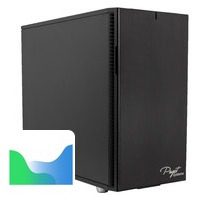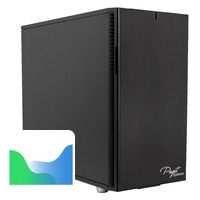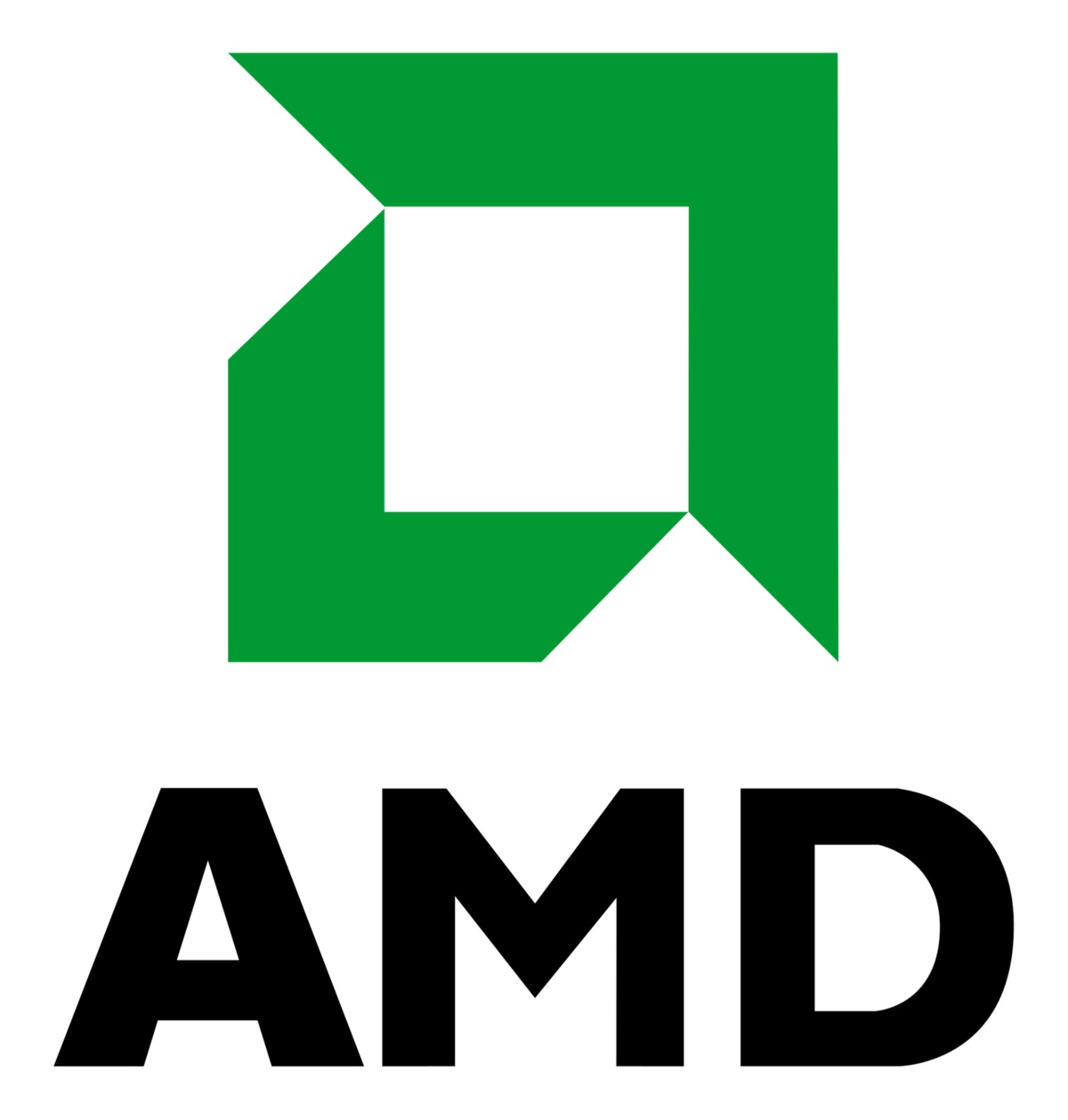A short article covering the best computer system configurations for photogrammetry in Metashape at the end of 2020.


A short article covering the best computer system configurations for photogrammetry in Metashape at the end of 2020.

A short article covering some of the best computer system configurations for photogrammetry in Metashape.

Here at Puget Systems, we have put together a benchmark utility for Agisoft Metashape which measures system performance for photogrammetry by running two small projects – a model and a map – and tracking the time each step takes to process. This benchmark is freely available to download, though running it requires a valid installation of Metashape.

Dynamic Local Mode is a new feature on AMD’s biggest Threadripper processors. These CPUs have cores grouped internally, some with direct access to system memory and some which have to communicate through those other cores to access data in memory. DLM prioritizes running code on the cores which have a direct line to the memory, helping to improve performance in situations where not all of the cores are in use. How does that translate to real-world workloads, though? Let’s take a look at two photogrammetry applications and see how the 24-core 2970WX behaves with this feature on and off.

PhotoScan makes use of the video cards in a computer to assist with the computation of certain steps. As such, the model of video card used can have an impact on the amount of time those steps take. In this article, we take a look at the GeForce RTX 2000-series – based on NVIDIA’s Turing GPU architecture – to see how they compare to each other.

PhotoScan makes heavy use of the central processor (CPU) in a computer to run many of the calculations involved in turning still images into a 3D model or map. Different steps in that process utilize the CPU in various ways, though, with both clock speed and core count coming into play. Let’s see how the new 9th Gen Intel Core processors perform compared to existing Intel and AMD chips.

PhotoScan makes use of the video cards in a computer to assist with the computation of certain steps. As such, the model of video card used can have an impact on the amount of time those steps take. In this article, we take a look at AMD’s Radeon line – including the Vega 64 and 56 – and see how they stack up to NVIDIA’s GeForce 1000-series.

PhotoScan makes heavy use of both the central processors (CPUs) in a computer and the video cards (GPUs) to run many of the calculations involved in turning still images into a 3D model or map. Agisoft, the makers of PhotoScan, have versions available for both Windows and macOS – so let’s take a look at how these two, competing computer platforms compare.

PhotoScan makes heavy use of both the central processors (CPUs) in a computer and the video cards (GPUs) to run many of the calculations involved in turning still images into a 3D model or map. Intel’s new Xeon Scalable processors offer configurations with dozens of CPU cores, as well as the ability to support multiple GPUs – so let’s see how they perform in PhotoScan.

PhotoScan makes heavy use of the central processor (CPU) in a computer to run many of the calculations involved in turning still images into a 3D model or map. Different steps in that process utilize the CPU in various ways, though, so we are looking at how several Intel and AMD processors compare in this application.